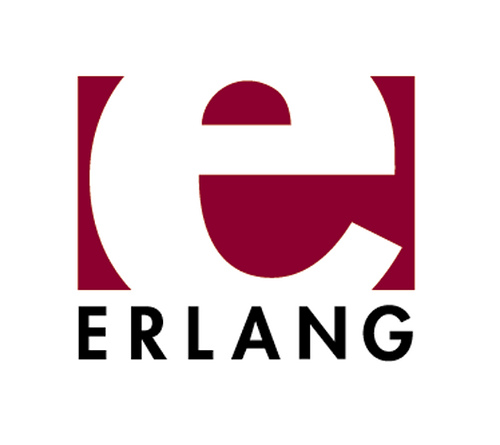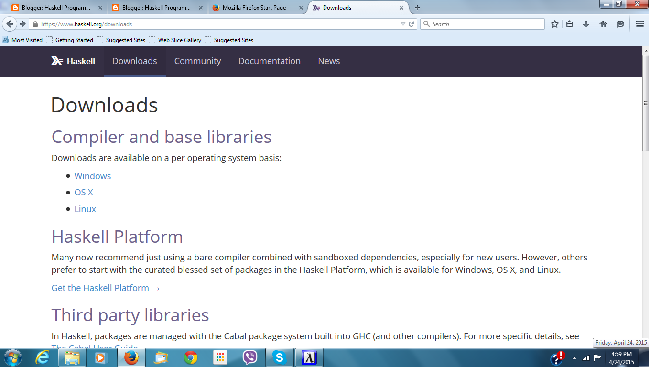

Overall, Haskell compounds the performance and scalability advantages of functional programming with years of optimizations and unique tools. It also has a more robust selection of data types than other statically typed languages like Java, featuring typing features like parametric polymorphism, class-based (ad-hoc) polymorphism, type families, and more. It’s mainly known for its lazy computation and memory safety that avoids memory management problems common in languages like C or C++. The Haskell language is built from the ground up for functional programming, with mandatory purity enforcement and immutable data throughout. Haskell joins Lisp as an older but useful functional language based in mathematics. It was created in the early 1990s as one of the first open-source purely functional programming languages and is named after the American logician Haskell Brooks Curry. Haskell is a compiled, statically typed, functional programming language. What is the Haskell programming language? This quality makes pieces of a functional program highly modular because functions can be reused across the program and can be called, passed as parameters, or returned.


For example, we might have one function that doubles an input number, doubleInput, another that divides the number by pi, divPi.Įither of these functions can be used individually or they can be strung together such that the output of doubleInput is the input of divPi. Independent from program state: The value of the same input is always the same, regardless of other variable values.Įach function completes a single operation and can be composed in sequence to complete complex operations.Pure: They do not create side effects or alter the input data.While OOP programs excel at representing physical objects with unique traits, functional programs are purely mathematical and are used for complex mathematical computations or non-physical problems such as AI design or advanced equation models.Īll functions in the functional paradigm must be: Functional programming is a declarative programming paradigm used to create programs with a sequence of simple functions rather than statements.


 0 kommentar(er)
0 kommentar(er)
